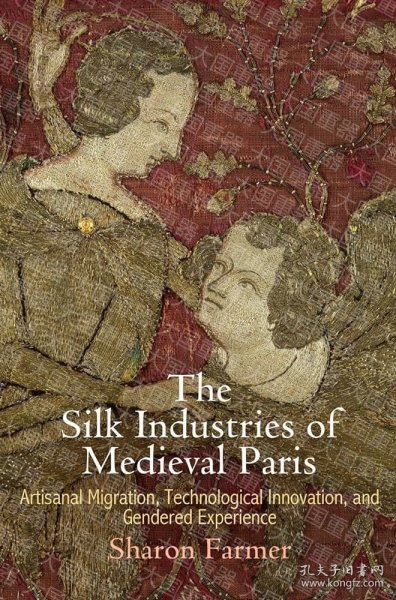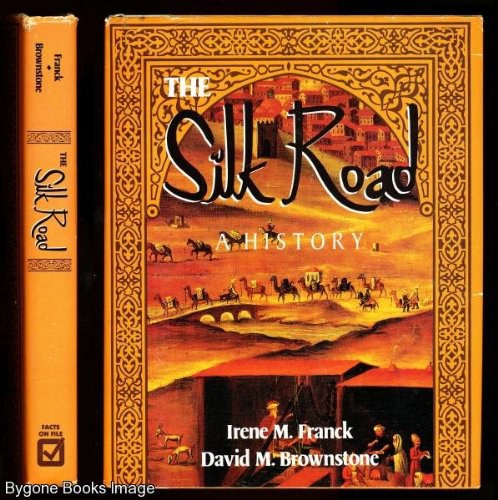The History of Silk
The history of silk dates back to around 5000 years ago, when Chinese silk worms were first domesticated and their silk was spun into thread. From there, silk became a highly valued commodity, traded between China and other civilizations such as the Roman Empire and Greece. The silk industry flourished in China, with many new varieties of silk being developed, including heavier and lighter weights, as well as different colors and textures. The silk worms were carefully tended to and their eggs were hatched under strict conditions to ensure the highest quality of silk was produced. Over time, the use of silk extended to other parts of the world, with silk clothes, fabrics and accessories being made in many different places. Today, silk is still an important part of the global textile industry and is used in a wide range of products, from luxury fashion to industrial applications.
Silk, a natural protein fiber produced by certain insects, has a long and fascinating history. The word "silk" is derived from the Latin "serica," which means "of silk worms." Silk worms have been used to produce silk for thousands of years, with evidence suggesting that its origins can be traced back to China around 5000 years ago.
Early silk production was likely to have been a laborious and time-consuming process. The silk worms were carefully tended and fed with mulberry leaves, which they needed to thrive and produce their signature fine thread. When the worms were ready to spin their cocoons, they were harvested and then boiled in water to dissolve the sericin, a sticky substance that binds the fibers together. The resulting solution was then spun into threads and woven into cloth.
As silk production techniques improved, so too did the quality and variety of silk fabrics. Different types of silk were developed, each with its own unique texture and appearance. By the Han Dynasty in China (206 BC - 220 AD), silk production had become an industry in its own right, with specialized workers skilled in harvesting, processing, and weaving the silk fibers.

Silk also played a significant role in the development of trade routes and transportation networks. As the demand for silk increased, so too did the need for efficient ways to transport it. The Silk Road, an ancient network of trade routes connecting China with Europe and the Mediterranean region, was likely established at least in part to facilitate the trade of silk and other luxury goods.
However, it wasn't until the 18th century that the industrialization of silk production occurred. This was primarily driven by innovations in textile machinery that made it possible to process large amounts of silk fibers more efficiently. The result was a significant increase in the supply of silk fabrics, which in turn drove down their cost and made them more accessible to a wider range of people.
By the 19th century, silk had become not just a luxury item but also a staple of everyday clothing. It was no longer just the preserve of royalty or the wealthy; it had become affordable enough for even the most ordinary citizens to wear on a daily basis. This shift in social status was further facilitated by the development of synthetic materials like nylon and polyester, which were often used in combination with silk to create more affordable and durable clothing options.

In recent years, there has been a significant surge in interest in natural fibers like silk, driven by concerns about sustainability and environmentalism. Many fashion brands have begun to experiment with new ways to use silk in their designs, often in combination with other sustainable materials like organic cotton or hemp. These new approaches not only offer unique aesthetic experiences but also contribute to reducing the environmental footprint of the fashion industry as a whole.
From its humble beginnings as a luxury item produced by hand to its current status as a sustainable fashion trend, silk has come a long way. It continues to inspire and captivate people all over the world with its beauty, versatility, and unique properties that have made it such an integral part of human history and culture for so many centuries.
Articles related to the knowledge points of this article:
Title: The Timeless Elegance of a Black Suit and Tie
Title: The Art of Pairing a Blue suit with a Tie: A Comprehensive Guide
Womens Lightweight Down Jacket: Fashion and Warmth in Winter
The combination of hoodie and down jacket
Title: The Untold Story of the Mysterious Silk Scarf
Title: Unraveling the Enigma of Silk Scarf Tying: A Comprehensive Guide to Tie-in Techniques



